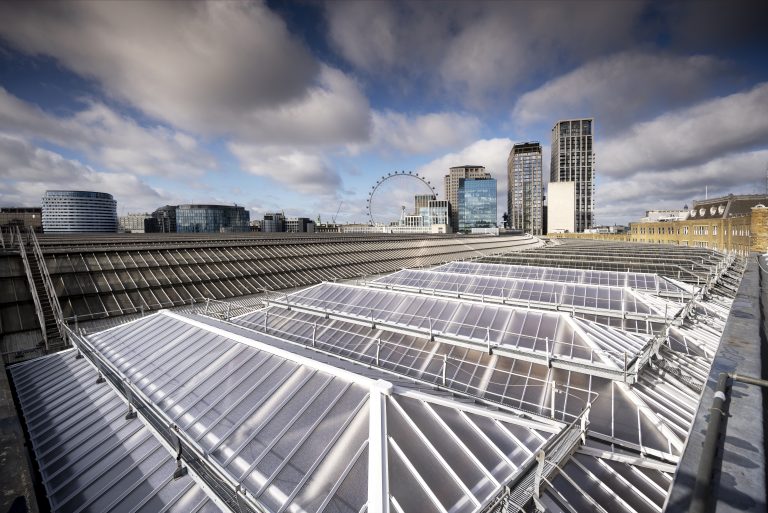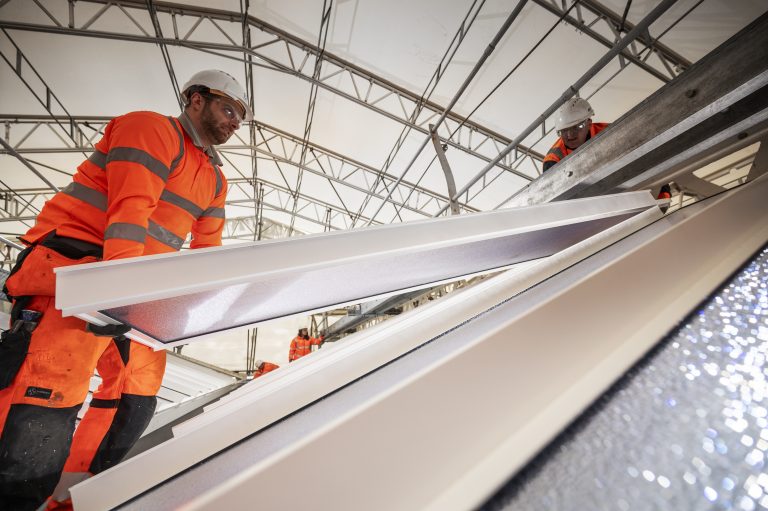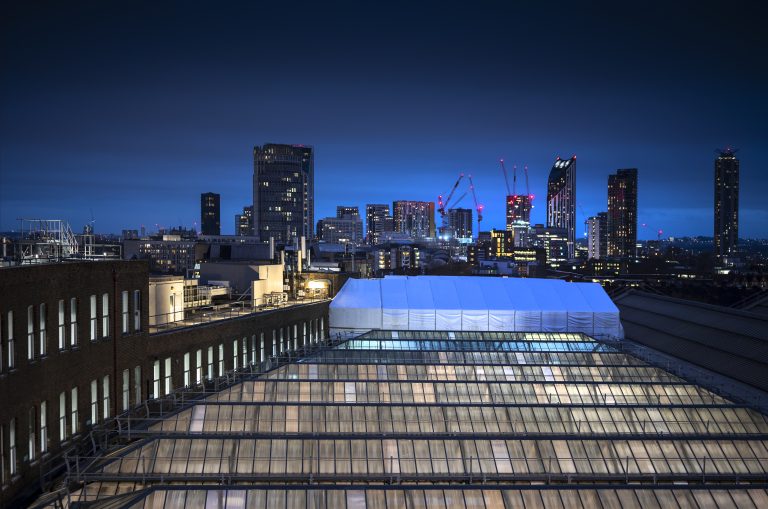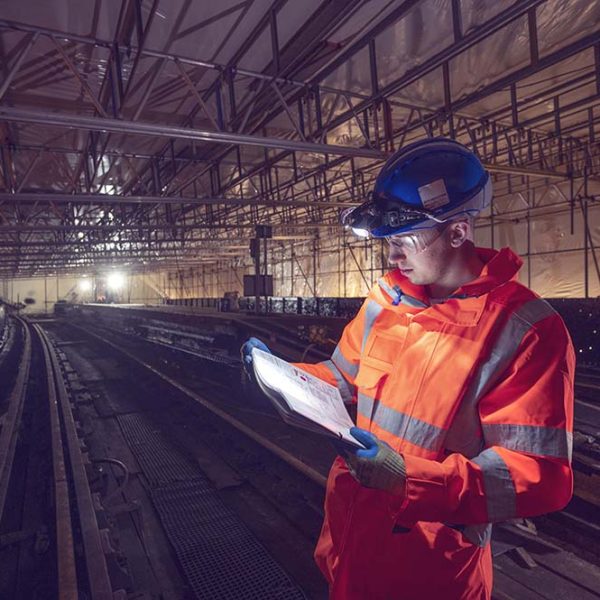A huge congratulations to two of our rail sites for receiving gold ratings and top scoring site within Network Rail’s Southern Region, Construction Route to Gold initiative.
Our Ryde Pier project team achieved top scoring site Period 12 and our Waterloo Station roof renewal team for Period 13.
Ryde Pier - top scoring site for Period 12
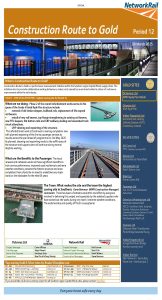
Our Ryde Pier project consists of works to repair and preserve the historic Victorian Ryde Pier structure on the Isle of Wight. The team recently completed the 9-month blockade, renewing life expired permanent way track infrastructure, installed new Fibre-reinforced foamed urethane (FFU sleepers) and strengthening and painting rail bearers.
The project has also involved renewing 64 bays of track across the 681-metre grade II list pier including removal of old timber sleepers, bullhead rails, and replacement of life expired rail bearers. As well as installing and renewing flat bottom rails, GRP walkway decking and associated track, circuit alterations, ultra-high-pressure cleaning and repainting of the structure. The Island line was reopened to passengers in May, four days ahead of the original programme.
The renewal works will provide significant benefits to train service performance, asset resilience and rail passenger. Once the works are completed, the line will no longer required any major works or line blockades for at least 60 years.
Gene Brennan, Network Rail, Construction Assurance Specialist said “There has been a fantastic work ethic and effort by everyone involved in delivering this project and especially by the selected suppliers who have carried out the works during very harsh / extreme weather conditions. The workmanship and quality of finish is exceptional.”
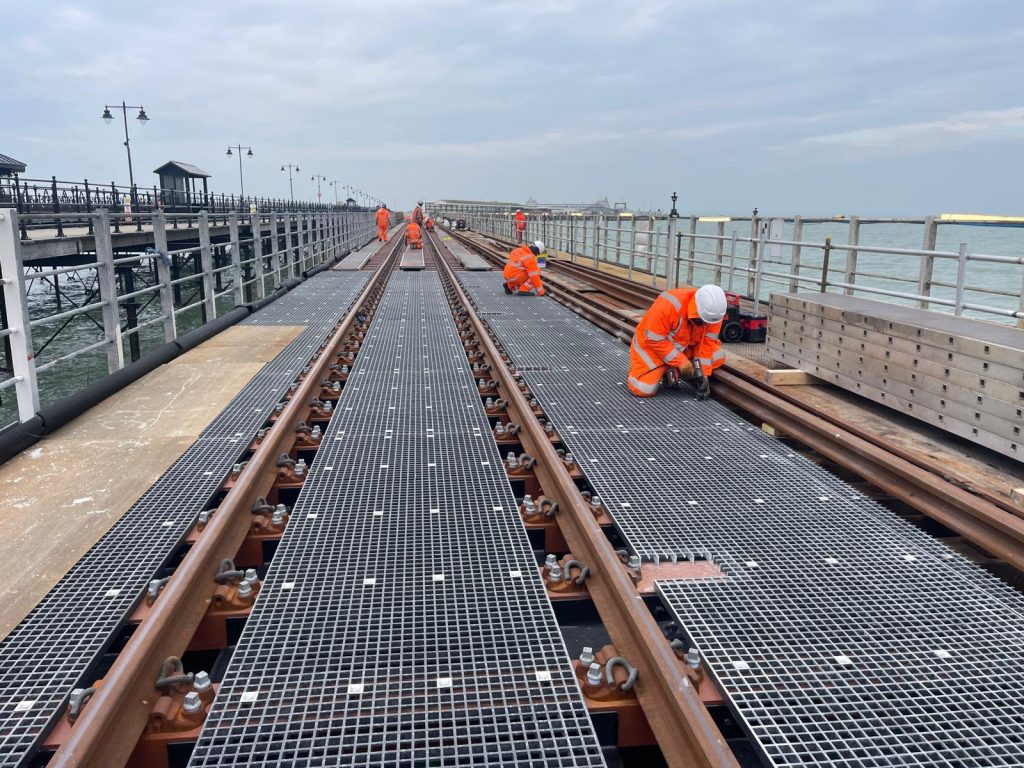
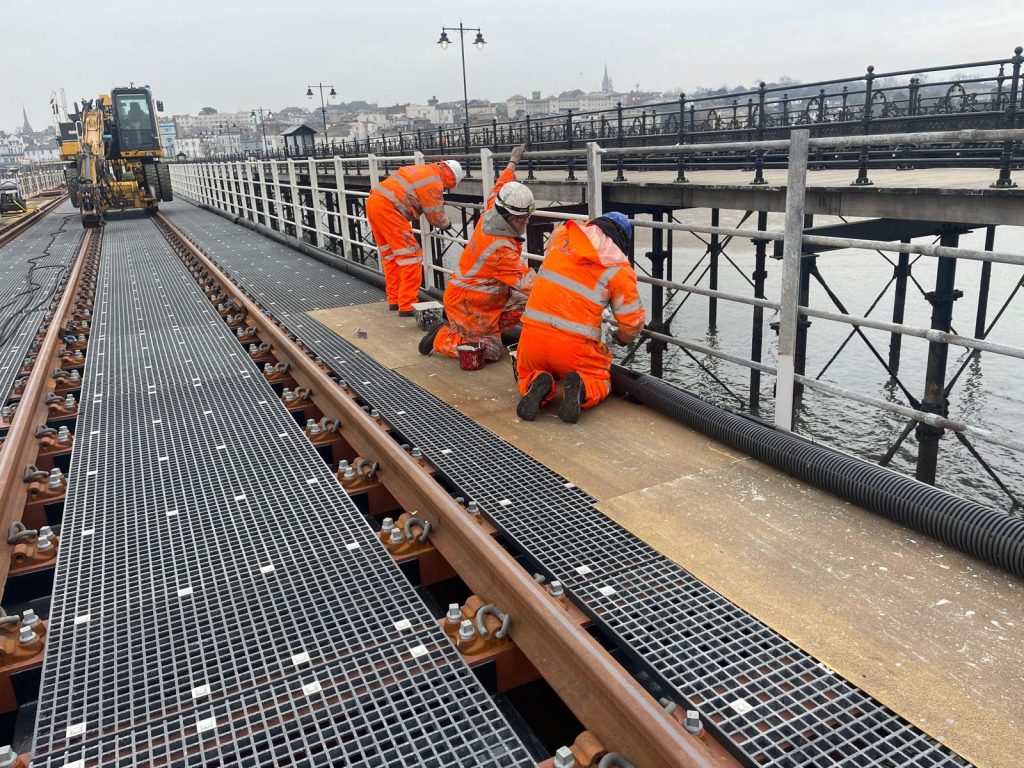
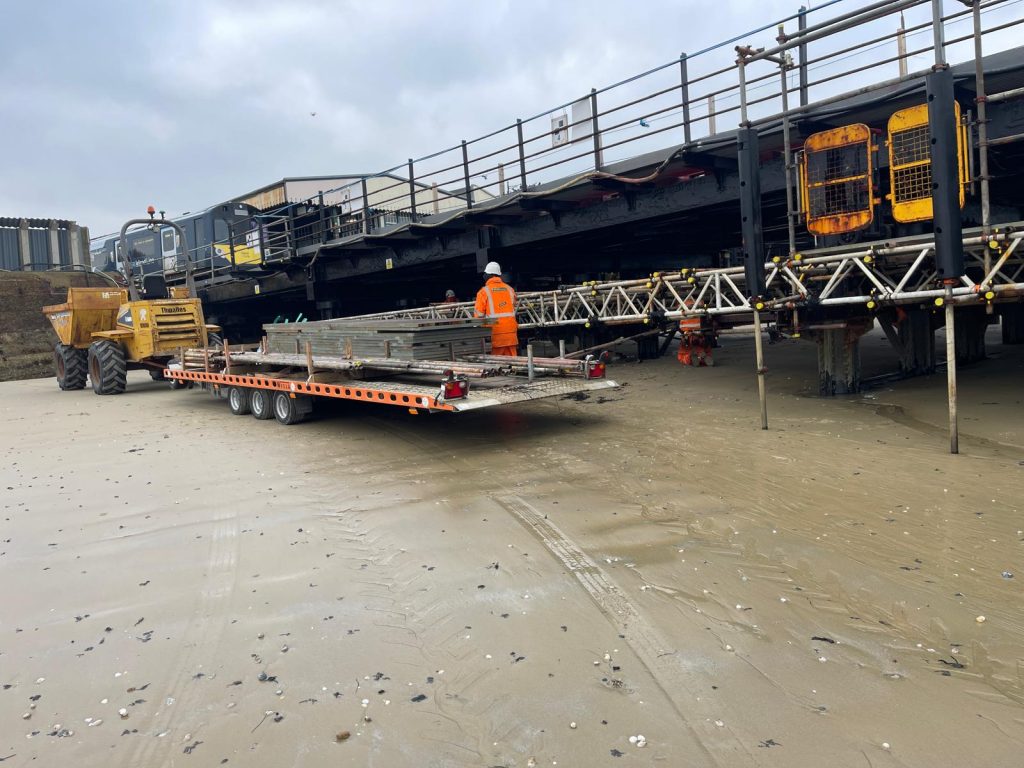
Waterloo Station Roof Renewal - top scoring site for Period 13
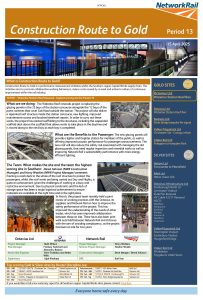
The Waterloo Roof renewals project involves the replacement of 7,800 Georgian glass roof panels across 25 bays of the station concourse, alongside 12 bays of the porte cocheres that cover Cab Road outside the station. The project also includes repainting of the roof structure inside the station concourse, new lighting, improved maintenance access and localised steelwork repairs.
To minimise disruption to passengers Octavius have incorporated a temporary external roof structure positioned over the current station to keep the weather elements out and direct rainwater away and into catchment systems as well as incorporate an enclosed working platform to access and replace the existing glass panels. The work is being completed in phases therefore the working platform and protective roof structure is moved along to the next bay as one is completed.
The temporary work scaffold access and material movements are being undertaken at night, when the station is closed to minimise disruption to passengers, enabling most of the permanent works ( i.e. glazing, painting and steelwork) to be installed during the daytime. The new glazing panes being installed are 50% lighter than the original glass, on completion the new roof will reduce loading on the existing structure and increase the resilience of the stations glazed roof for the long term.
The new glazing panels will provide a lighter and brighter station for members of the public, as well as offering improved acoustic performance for passenger announcements. The new roof will also reduce the safety risk associated with managing the old glazing panels, that need regular inspection and remedial works as well as a more sustainable station with more energy efficient lighting.
Derek Johnson Network Rail Construction Manager and Harry Watkins Network Rail Project Manager commented:
Erecting a crash deck to the whole of the roof structure to protect the passengers, whilst the roof works are being carried out day and nights shifts is quite an achievement, given the challenges of working in a busy and restrictive environment. Due to physical constraints and the lack of storage space has been a major logistical achievement to ensure materials are available at the right time and in the right place.
In March, the project team recently held a joint review of working practices with Octavius, supply chain partners and Network Rail on how to improve the safety performance of the project. This has improved the understanding of the needs of other trades, which has seen improved collaboration between those on site. There have also been joint walk outs held between Network Rail and Octavius
with the aim of avoiding complacency, as the project has been on site for two years
